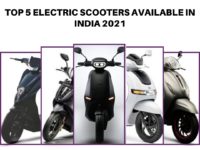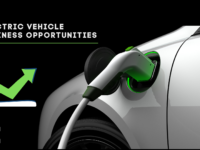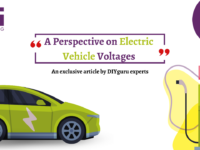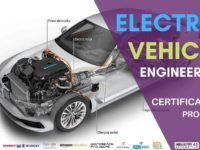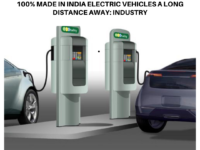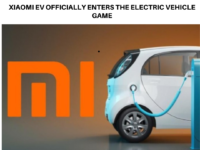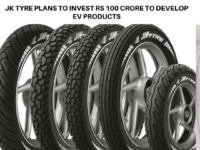The fact that vehicles nowadays have over 30 electronic control units for everything from braking to infotainment systems, the importance of electric cabling is being placed under the spotlight.
Cable management in the automotive industry isn’t just about aesthetics. True, a neat and tidy installation provides a seamless finish once the vehicle rolls off the production line, but it’s also about ease of installation, improving safety and delivering quality data.
Ease of installation on the assembly line
Modern vehicles require automotive wiring and cables that can carry extreme voltages – and these cables need to integrate seamlessly into the automotive assembly line for safety, low weight impact and neatness. Aside from the requirement to meet industry standards, it is essential cable management supports an efficient and streamlined installation during production. For example, the use of ratchet P clamps instead of nuts and bolts can speed up the time it takes to fit a cable management solution into a vehicle, whilst also allowing for easy release if the cables ever need to be moved.
With hundreds of cables embedded in a vehicle, identification is critical to ensuring a safe and accurate installation. Data cables and power cables, for example, each carry different voltages. Using cable management tools to identify between each not only speeds up the system connection, but also provides peace of mind that the correct connection has been made.
Managing extreme voltage
Nowadays, we’re accustomed to seeing a hybrid or fully-electric vehicle on the roads. Alongside a quieter journey and a green footprint, these vehicles bring with them a unique challenge – high voltage. Some of the latest electric vehicles can operate up to 300 volts. In comparison, a car with a typical combustion engine operates at 12 volts. This spike in voltage means the cables that carry that energy must be protected. The safety of high voltage cabling in cars comes down to three areas: electric shocks, electromagnetic radiation and vibration.
Electric shocks
The higher the voltage, the greater the harm caused by electric shocks. If you get an electric shock from a 12v low amp source, you might have had a sharp pain rush from your finger up your arm. Unsettling for a moment, this effect passes quickly and for most people, it doesn’t leave lasting damage. However, an electric shock from a cable in the latest generation electric vehicle? That’s much less safe. As voltage increases in a car, cable management security becomes critical to ensure cables stay protected for example using shrinkable tubing.
Electromagnetic radiation
Have you ever listened to the radio with your mobile phone nearby, only to be distracted by the ‘pip-pip’ of radio interference? The same challenge remains for automotive manufacturers, with electromagnetic compatibility testing carried out to ensure interference from the multitude of software installed in a vehicle is kept to a minimum. One of the main ways to reduce occurrences of electromagnetic radiation is through effective cable shielding protection, such as braided sleeving. This not only offers protection against radiation, it also prevents kinks and tearing in the cabling which then reduces the chance of exposed wiring.
Vibration
With higher voltages in automotive cables, vibration is also a concern that needs to be considered. This is particularly the case for large vehicles and even buses. Whether it is due to rough terrain or high frequency vibration. Reducing the impact of such vibration can be done through bespoke clamping solutions that keep the cables safely secured.
Data is king
Historically cars have been built down to price. Now with data and power requirements, cars are built on their quality and reliability – and one area car owners are not willing to compromise on is software.
Now more than ever, data is king in the automotive world. Modern vehicles are full of sensors – for parking assist, lane assist, Bluetooth connectivity and GPS tracking – and all of this is powered by cables. For vehicles that use autonomous technologies, there’s an even greater requirement for sensors and therefore even more cables. As this trend continues to grow, robust cable management solutions will be key in the production process to ensure OEMs deliver on the quality and reliability that car owners are now so accustomed to.
Cable management is incredibly complex, with thousands of cables and the vehicle itself at risk of sub-standard performance if done poorly. Effective management considers the seamless integration of cabling into the assembly line, and balances safety with performance.
Learn More about Cable Management of Electric Vehicle. Click Here to Enroll for 12 Weeks Course.
Join our list
Subscribe to our mailing list and get interesting stuff and updates to your email inbox.


